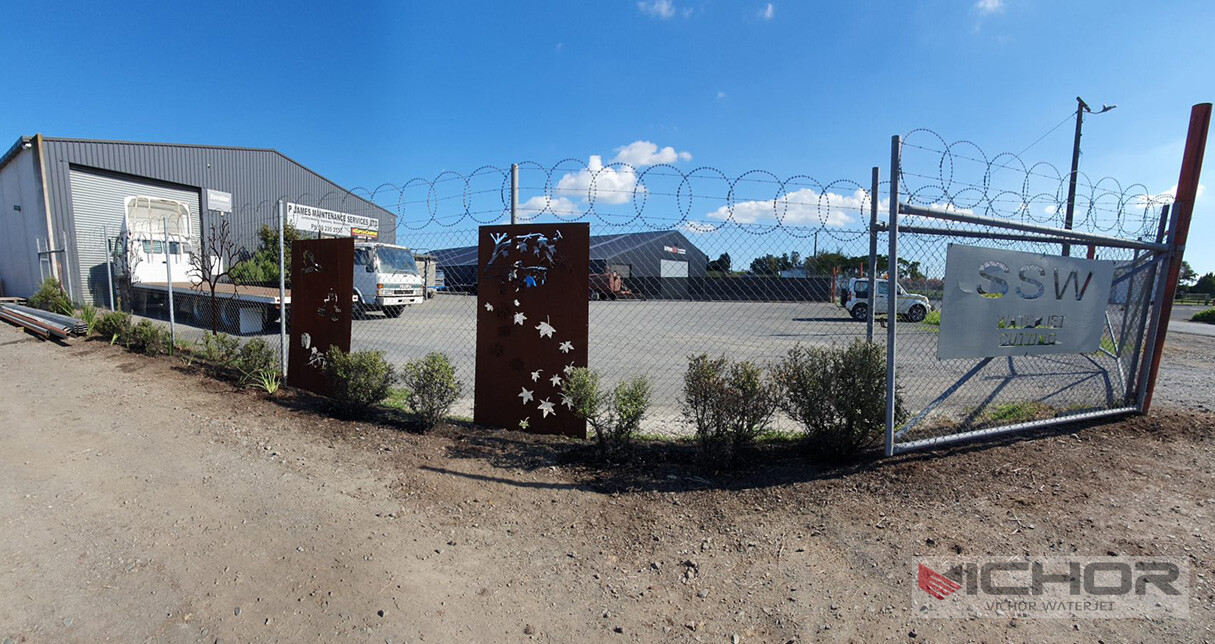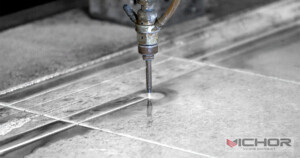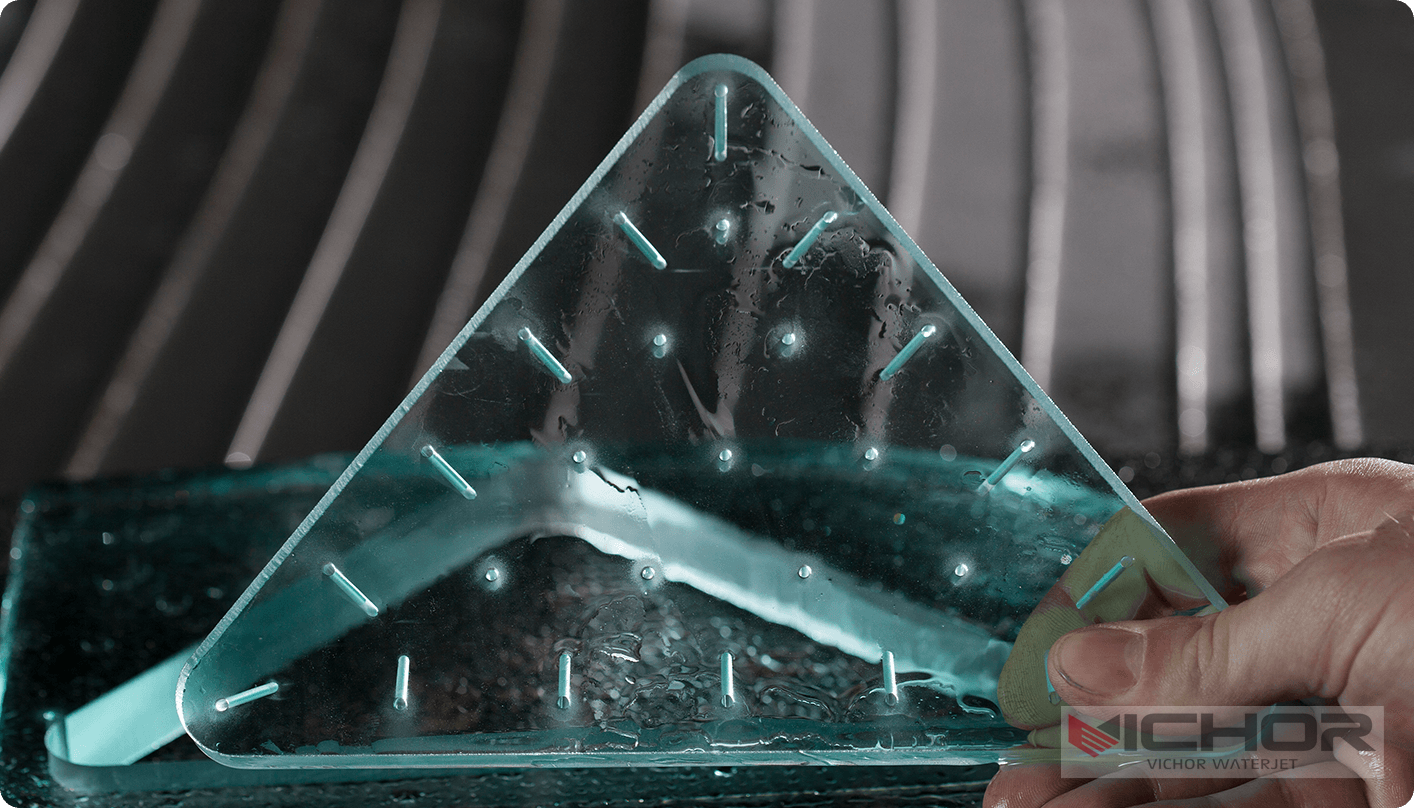
Finding the Right Water Jet Saw for Sale: What You Need to Know
The search for a powerful, precise, and versatile cutting tool often leads industrious professionals to one remarkable technology: the water jet. If you’re actively browsing for a water jet saw for sale, you’re likely aware of its unparalleled ability to cut through almost any material with cold, precision force. However, navigating the market to find the right system for your specific needs can be a complex task. This comprehensive guide will walk you through the essential aspects of purchasing a waterjet, ensuring you make a well-informed investment that boosts your production capabilities for years to come.
Understanding the Technology: More Than Just a Saw
While commonly referred to as a water jet saw, the technical term for this equipment is an abrasive waterjet cutting system. It’s crucial to understand what you’re investing in. Unlike a traditional saw that uses a toothed blade, a waterjet cutter uses a supersonic stream of water mixed with fine granules of an abrasive garnet to erode material away.
The process begins with a high-pressure pump (intensifier or direct-drive) that pressurizes water to an astonishing 60,000 to 90,000 PSI. This pressurized water is then forced through a small orifice, creating an ultra-focused jet. For cutting hard materials like metal, stone, or ceramic, abrasive is introduced into this stream within a mixing chamber. The resulting abrasive waterjet is a powerful cutting tool that operates without producing heat, preventing material warping, hardening, or structural changes. When you see a water jet saw for sale, you are looking at a complete system, typically comprising the pump, the cutting table, the motion control system, and the abrasive delivery mechanism.
Key Considerations When Evaluating a Water Jet Saw for Sale
Not all waterjet systems are created equal. Your specific application will dictate the most important features. Here are the primary factors to analyze:
Pump Type and Pressure: The heart of the system is its pump. Intensifier pumps generate higher pressures (typically 60,000-90,000+ PSI), enabling faster cutting speeds and the ability to tackle thicker materials. Direct-drive (or crankshaft) pumps operate at lower pressures (around 50,000-60,000 PSI) but offer lower initial cost and can be more efficient for certain applications. The required pressure depends on the materials and thicknesses you plan to cut.
Cutting Table Size and Configuration: The size of the table determines the maximum part size you can produce. Consider both the physical dimensions of the table (e.g., 4′ x 4′, 4′ x 8′, 5′ x 10′) and the usable cutting area. Also, decide between a standard slat table, which is versatile, or a downdraft table, which helps manage water and abrasive debris more effectively.
Control Software and CNC: The brain of the operation is the software. Look for a system with intuitive, powerful software that can easily import CAD files (like DXF or DWG), nest parts to minimize material waste, and manage the cutting path efficiently. The precision of the cut is directly tied to the quality of the CNC (Computer Numerical Control) system guiding the cutting head.
The Undeniable Advantages of Owning a Waterjet System
Investing in a water jet saw for sale brings a host of benefits that other cutting technologies struggle to match:
Cold Cutting Process: The absolute lack of heat affected zone (HAZ) is the waterjet’s flagship advantage. It allows you to cut materials without altering their intrinsic properties—no warping, hardening, or micro-cracking. This is critical for metals like tool steel or aluminum and is invaluable for cutting heat-sensitive materials.
Unmatched Versatility: A waterjet is the closest thing to a universal cutting machine. With one machine, you can process metal (any type), stone, glass, tile, composites, rubber, and food products. This eliminates the need for multiple dedicated saws or thermal cutters.
Exceptional Precision: Modern waterjets are CNC-controlled, allowing for incredible accuracy and the ability to produce intricate shapes with tight tolerances. They can start cuts from the middle of a plate (via drilled pilot holes) and produce complex geometries that are impossible with traditional saws.
Environmental and Safety Benefits: The process generates no toxic fumes or vapors, as it doesn’t combust or melt material. The primary waste products are water and used abrasive, which are non-hazardous and can often be recycled or disposed of easily.
Navigating the Purchase: New vs. Used Water Jet Saws for Sale
A critical decision in your purchasing journey is whether to buy new or used equipment.
New Systems: A new water jet saw for sale comes with the latest technology, full manufacturer warranties, installation support, and training. You benefit from modern efficiencies, higher reliability, and dedicated technical support. This is the best option for maximum uptime, productivity, and peace of mind.
Used/Refurbished Systems: The used market can offer significant cost savings on the initial investment. This can be an excellent entry point for a smaller shop or for a specific application. However, it’s crucial to conduct thorough due diligence. Inquire about the machine’s service history, hours of operation, and the condition of high-wear components like the pump, high-pressure tubing, and seals. Consider a refurbished unit from a reputable dealer that may offer a limited warranty.
Beyond the Machine: The Total Cost of Ownership
The purchase price of the water jet saw for sale is just one part of the financial equation. To understand the true investment, you must consider the operational costs:
Abrasive Garnet: This is the largest ongoing consumable cost. Efficient abrasive usage and recovery systems can help manage this expense.
Electricity: High-pressure pumps are significant consumers of electricity. More efficient pump designs can reduce this long-term cost.
Water: While the machine recirculates most water, there is still consumption through evaporation and waste removal. A water recycling system can minimize this.
Maintenance and Parts: Regular maintenance is required for the pump, cutting head nozzles (orifices and mixing tubes), and mechanical components. Factor in the cost and availability of spare parts.
Floor Space and Installation: Ensure you have adequate floor space, the necessary electrical hookups (often 3-phase power), and a plan for handling the wastewater slurry.
Finding the right water jet saw for sale is a process that requires careful research and self-assessment. Begin by clearly defining your needs: what materials you will cut, the required thicknesses, the desired precision, and your production volume. Use these criteria to evaluate different machines and suppliers.
Reach out to manufacturers or distributors for demonstrations. There is no substitute for seeing the machine in action, cutting a sample of your material. Ask detailed questions about support, training, and warranty. A waterjet is a significant capital investment, but for those who need its unique combination of versatility, precision, and cold-cutting power, it becomes an indispensable asset that drives innovation and efficiency in any workshop or factory. By taking a measured and informed approach, you can find the perfect waterjet system to elevate your manufacturing capabilities to a new level.
continue reading



